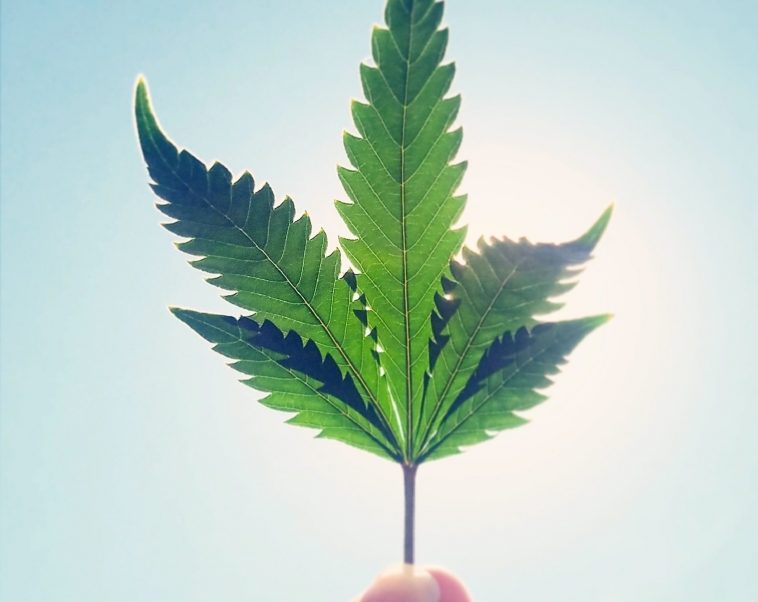For decades now, it has been proven by various researchers that cannabis has pain-relieving potential. Although this fact has been established, the mechanism by which this plant produces effective substances has not been proven until now. Their results may help solve the issues surrounding the use of opioids.
There are various medications used by patients suffering from chronic pain. However, opioids are frequently prescribed for pain by doctors.
Opioids attach themselves to nerve cell receptors all over the body, as they block pain signals that are transmitted to the brain.
It is obvious that opioids are highly effective, but they come with side effects. The most common risk associated with its use is addiction, which is a result of extended use.
Opioid overdose has been a major issue in the United States, causing the death of over 130 people daily, according to the National Institute on Drug Abuse. This has caused officials to label it as a public health crisis.
Researchers and professors in this field have admitted that there is an urgent need to find alternatives for the relief of acute and chronic pain that goes beyond opioids, concluding that cannabis could be the solution.
IDEAL PAIN RELIEVERS
Prof. Tariq Akhtar, from the department of molecular and cellular biology at the University of Guelph in Ontario, Canada, explained how cannabis works. He said that in the 1980s, scientists identified two cannabis molecules: cannflavin A and cannflavin B. “These molecules are psychoactive, and they target the inflammation at the source, making them ideal painkillers,” he added. Get affordable CBD supplements from berkshirecbd.com.
These molecules are now known as flavonoids, and research has discovered that they are 30 times better than aspirin at reducing inflammation.
The inability of researchers to find out how the cannabis plant makes flavonoids until recently is due to regulatory laws made against cannabis.
The use of cannabis has become normal and legal in various parts of the world, and this development has helped scientists research the molecule-making process.
Most research is done to obtain a vivid knowledge of how these molecules are made. Various genomes of cannabis are available, like Cannabis sativa, and a genome can be worked on to determine how molecules like cannflavins A and B are assembled.
CREATING BIGGER BATCHES
Having established the plant genes responsible for the production of the two molecules and the steps involved, a conclusion has been found: These molecules are present at such low levels that they are not enough to create a new pain reliever.
However, researchers are teaming up with cannabis companies to find a way of producing large quantities of flavonoids. This will aid the production of safe and effective anti-inflammatory medicines from cannabis phytochemicals that will provide an alternative to nonsteroidal anti-inflammatory drugs.
They also plan to make this drug available in various ways, including sports drinks, creams, transdermal patches, and pills.
Conclusively, the research itself is an achievement, but it will be regarded as a complete success if the partnership between researchers and cannabis companies can work effectively to produce a pain-relief drug that comes without the risk of addiction.




Comments
Loading…